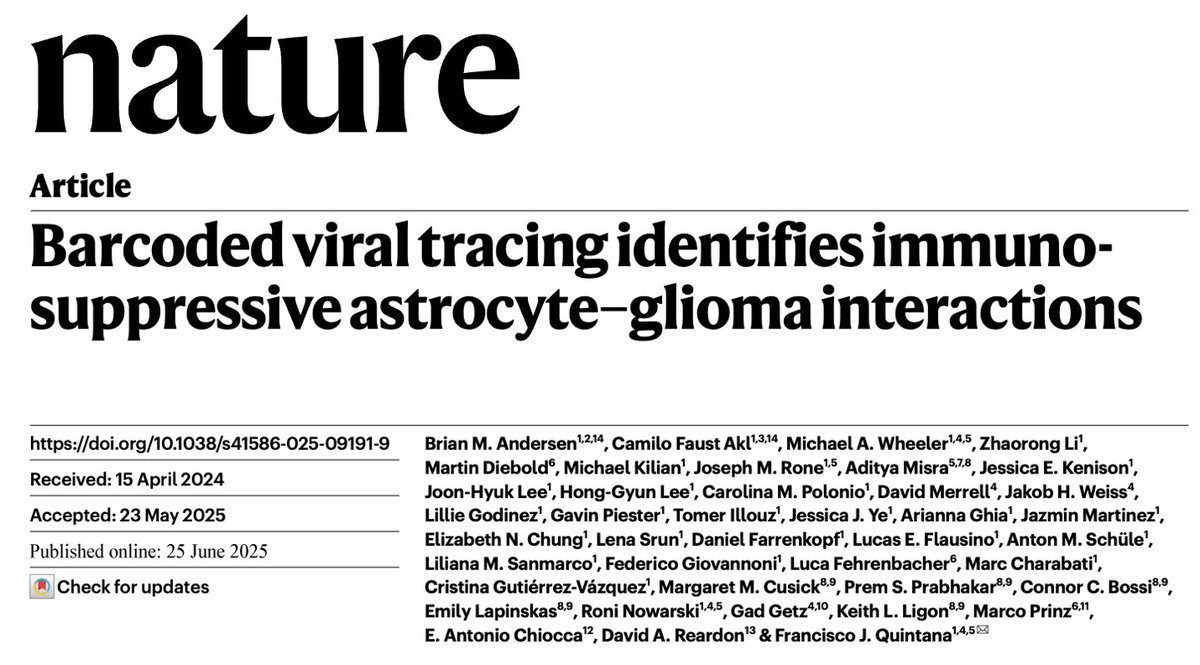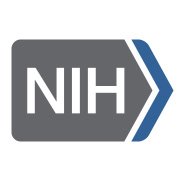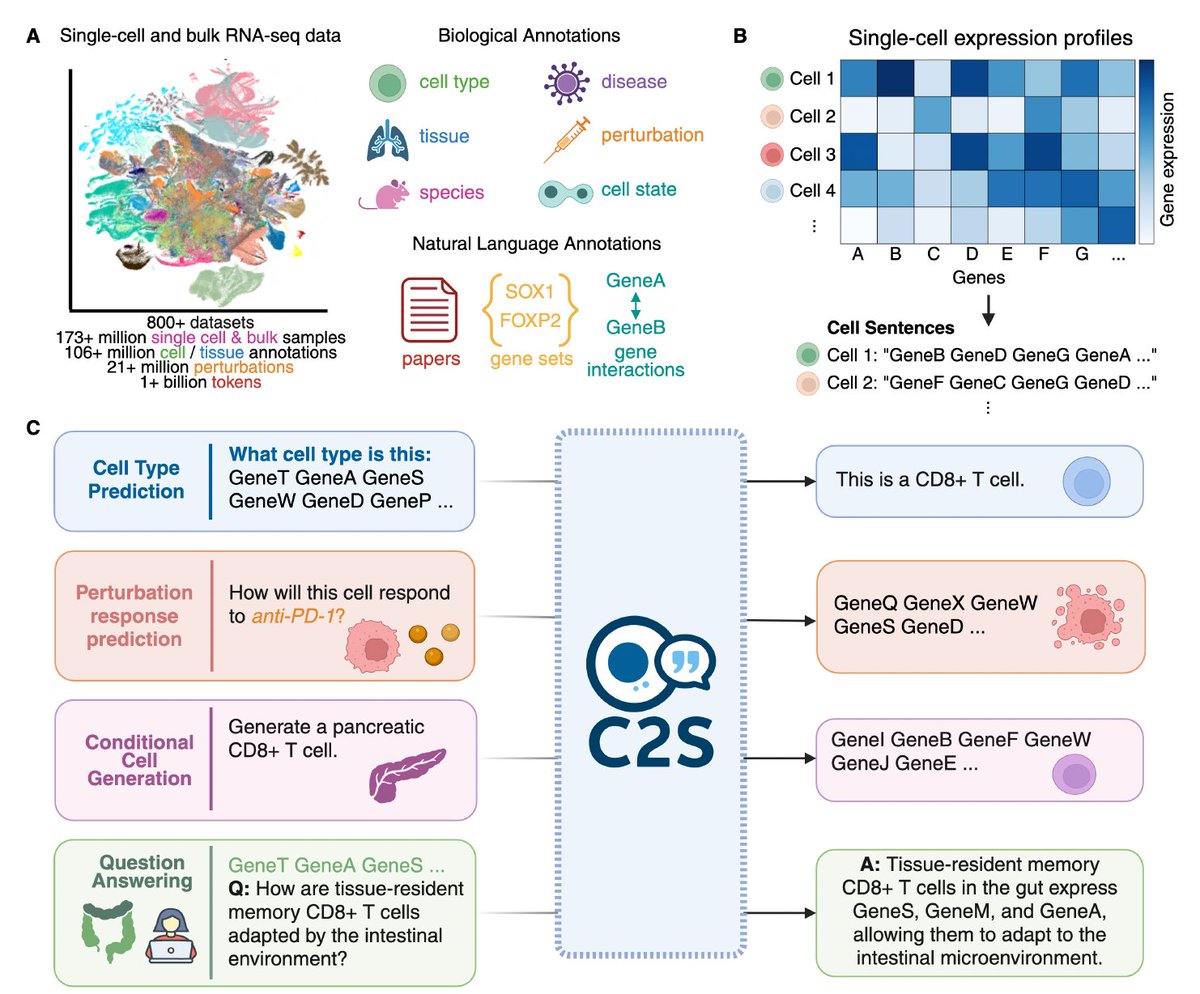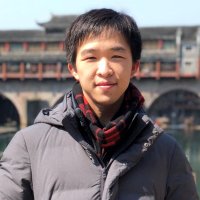
Ken Xie
@curiouskx
Postdoc Fellow @IdoAmitLab. Interested in deciphering the complex cell-cell interactions in tumors
ID: 1577861734815174658
06-10-2022 03:22:25
394 Tweet
113 Followers
293 Following

So cool!🥳 Our study is out Science Advances | Anti-inflammatory #Glucocorticoids by keratinocytes - a mechanism to control #skin #inflammation. Thx to former ugstuds Leo, Jasmin, Verena & all collaborators/mentors/friends Sarah Mundt & patients/hdonors! advances.sciencemag.org/content/7/5/ea…



Check out our new study Science Immunology, identifying a distinct molecular signature of treatment-refractory psoriatic arthritis patients🧬 It was an exciting and fun journey with Reut Tzemach, Chamutal Gur, Eyal David, Shuang-Yin Wang IdoAmitLab team

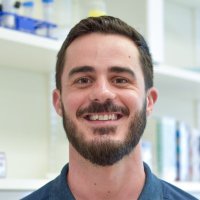


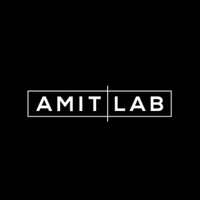


Finally here! Our preprint on the MOSAIC, a multimodal adaptive optical microscope enabling non‑invasive in‑vivo imaging from molecules to organisms, is out. biorxiv.org/content/10.110… Eric Betzig Legant lab

Absolutely insane amount of data in this resource from Chris Mason The Spatial Atlas of Human Anatomy (SAHA): A Multimodal Subcellular-Resolution Reference Across Human Organs biorxiv.org/content/10.110… Spatial data on 15million cells from 100 donors across multiple ages, mainly GI



Delighted to bring gene circuits into a wide array of primary cells where they can be used for safe, effective gene therapies. 🧵 (1/n) Tremendous work by lead author Kasey Love to dig into the details of these systems and figure out how to get these to work well! Original





Just published in Nature (June 2025), Andersen et al. (E. Antonio Chiocca, MD, PhD, FAANS, Reardon, Fran Quintana Lab) developed a novel viral barcode interaction-tracing (RABID-seq) platform, uncovering previously unknown immunosuppressive interactions between astrocytes and glioblastoma (GBM) cells.
